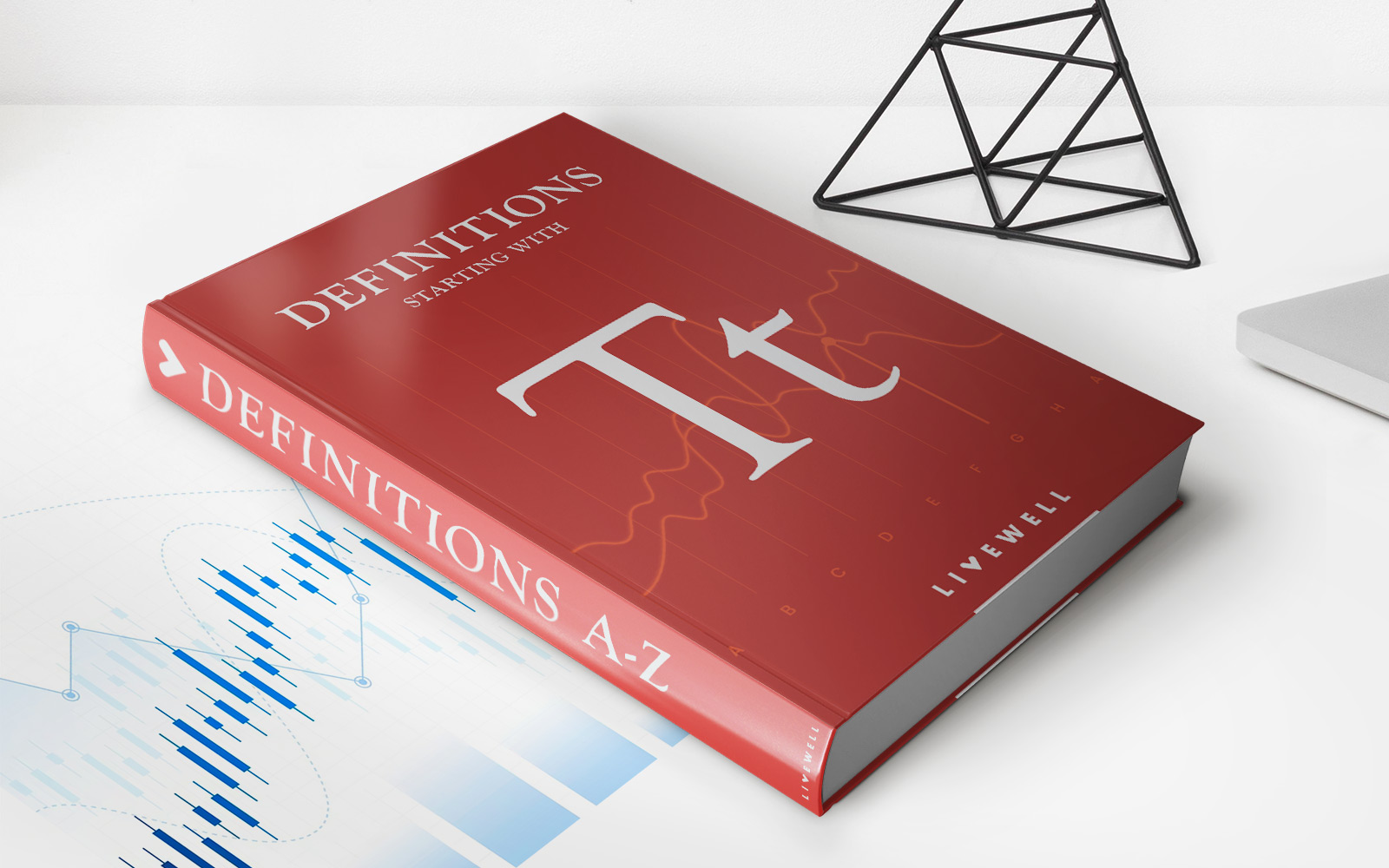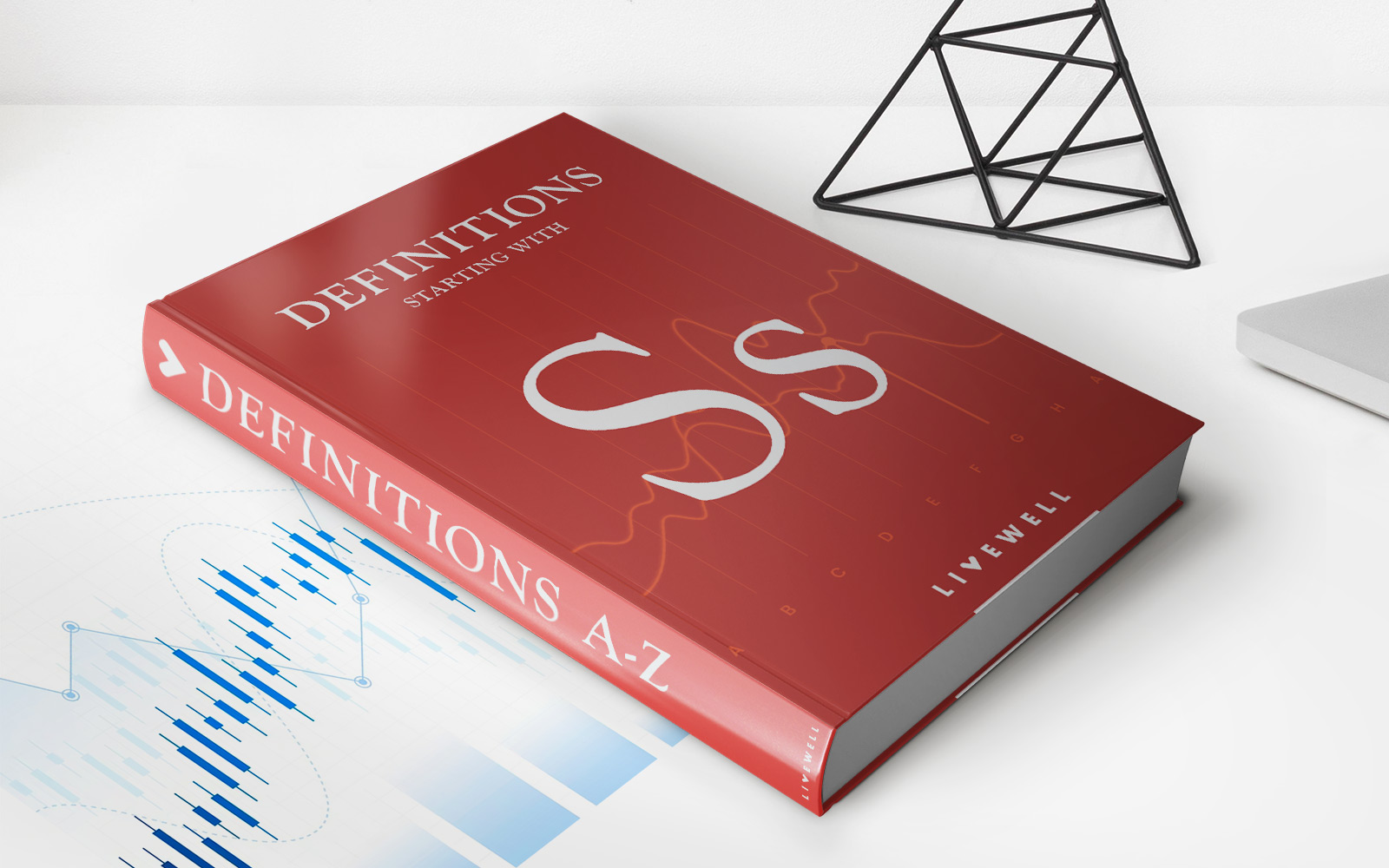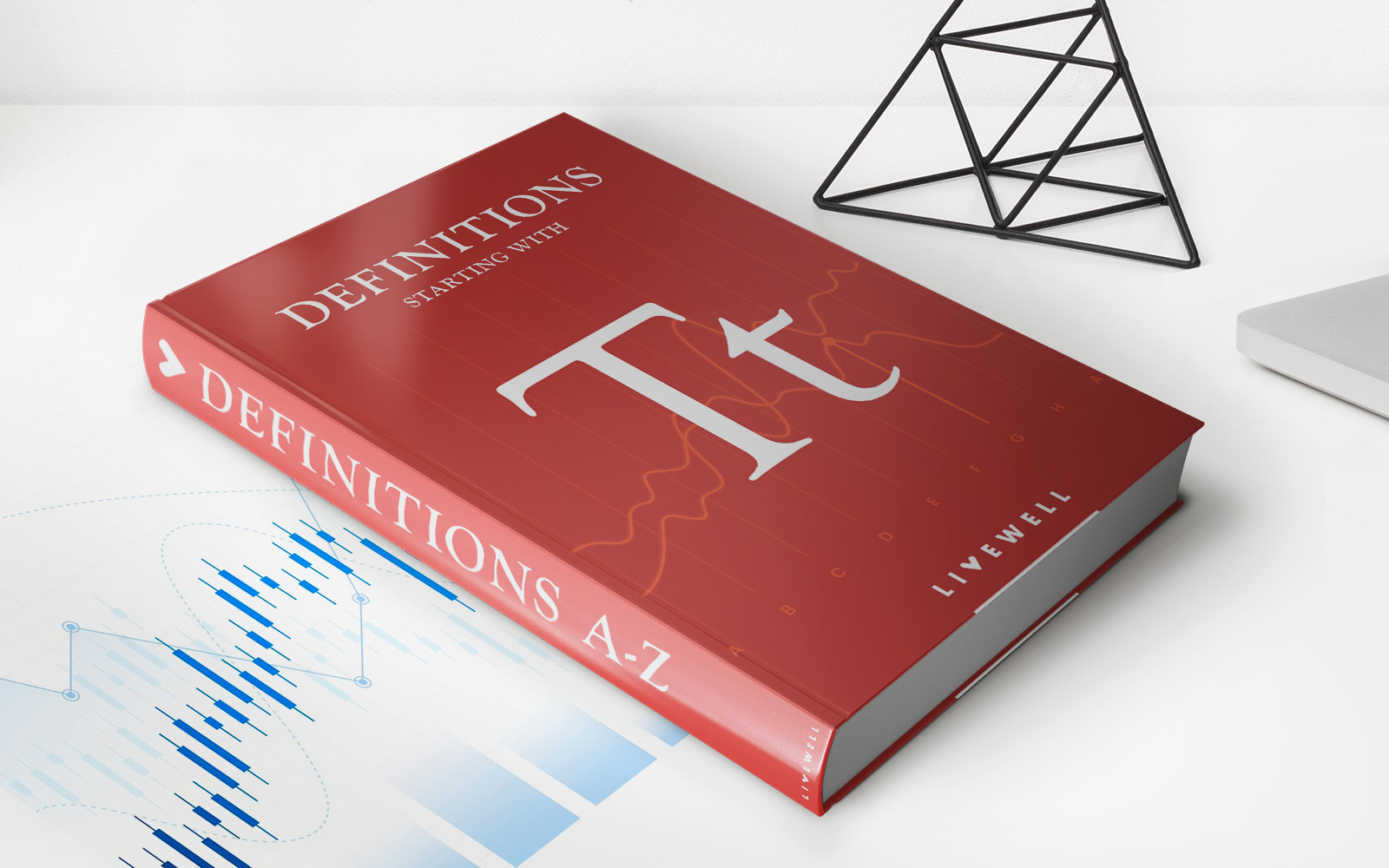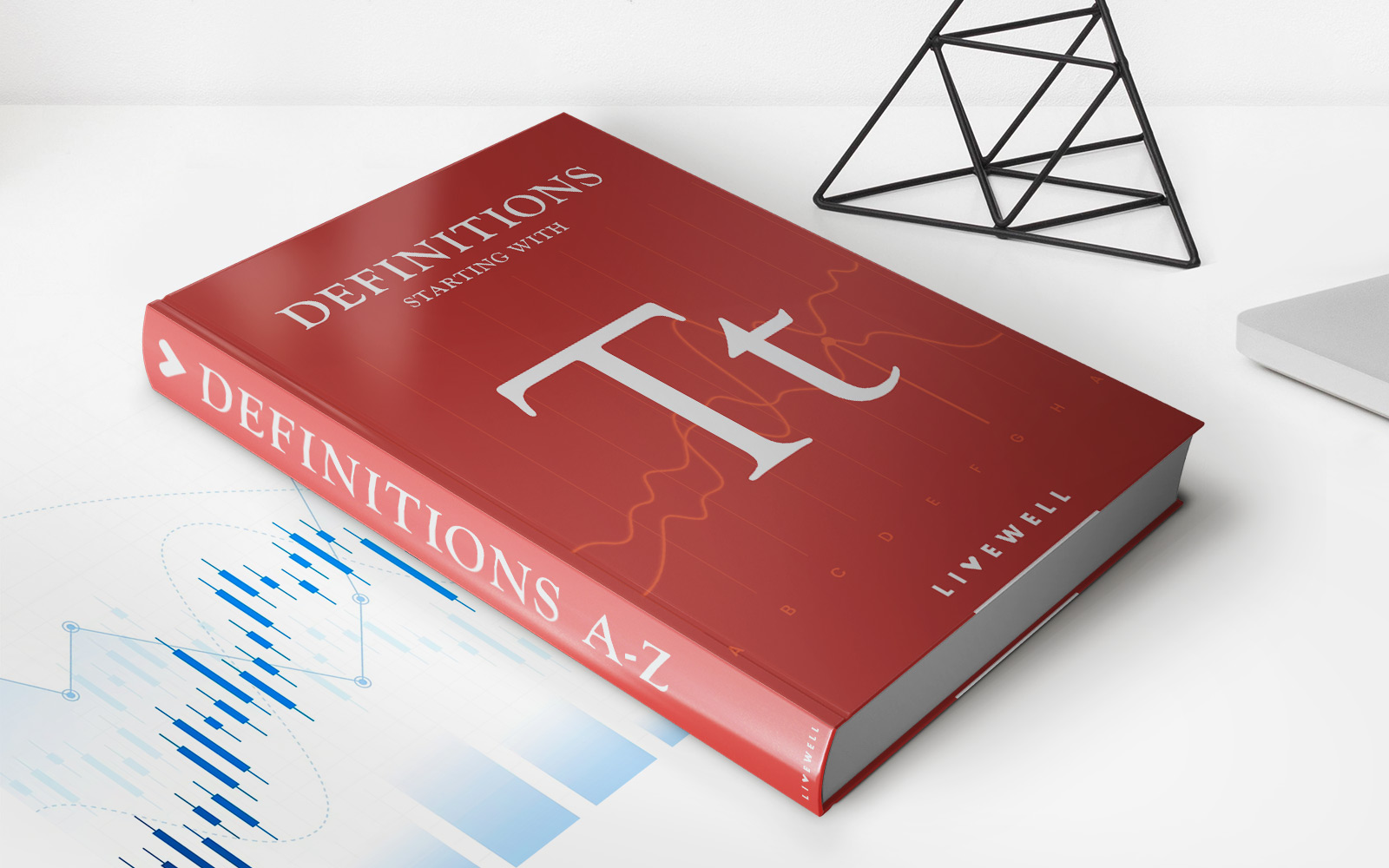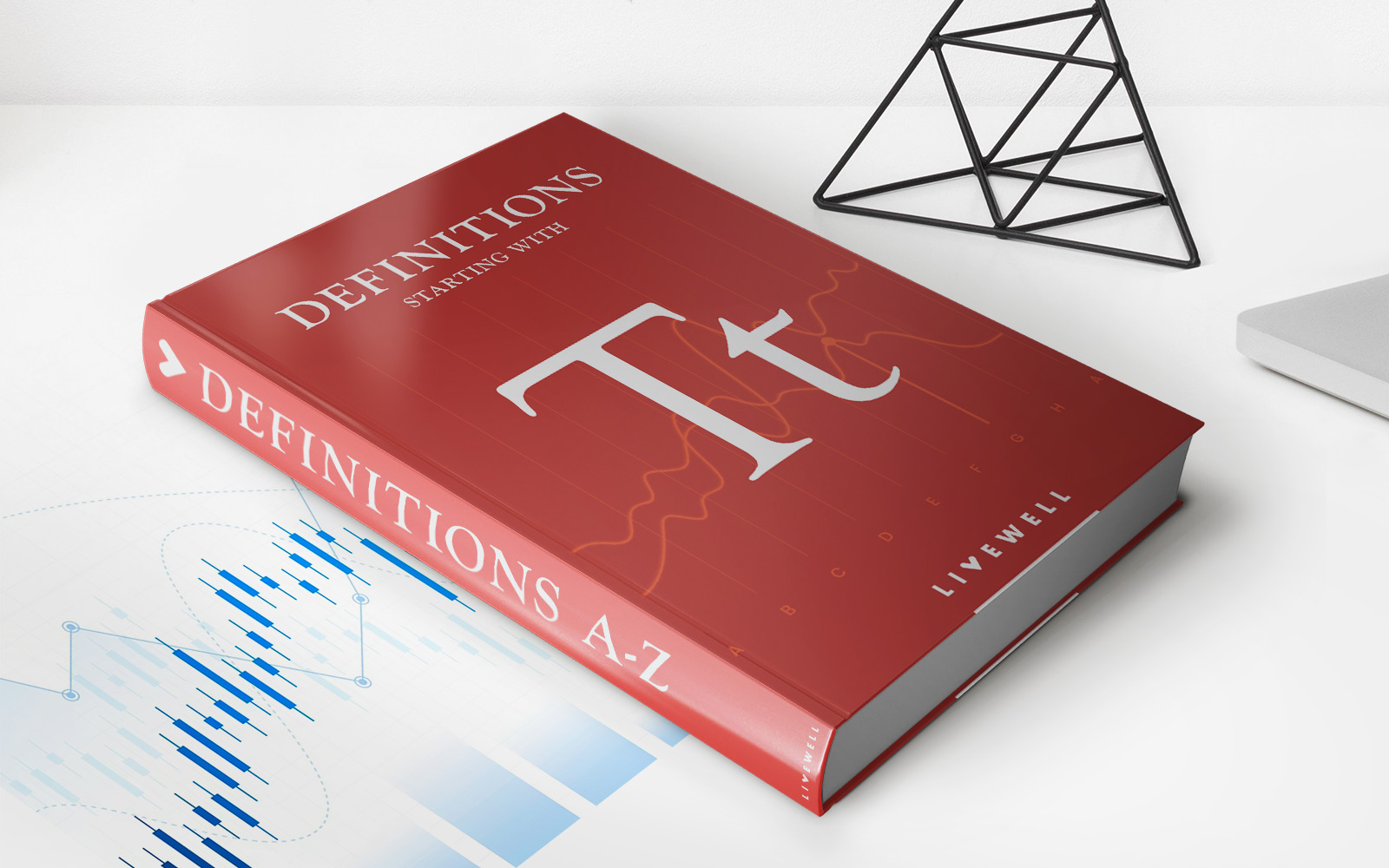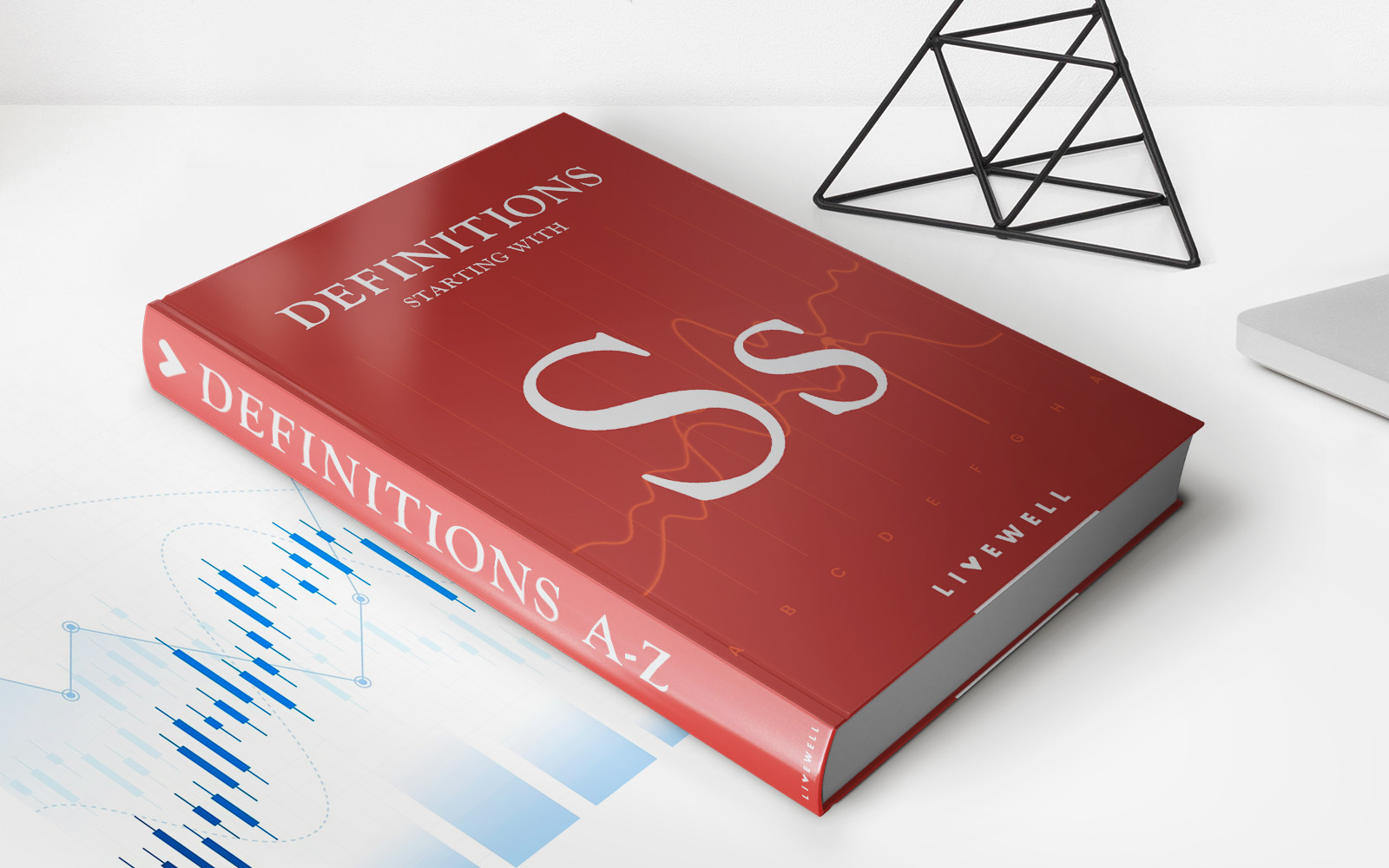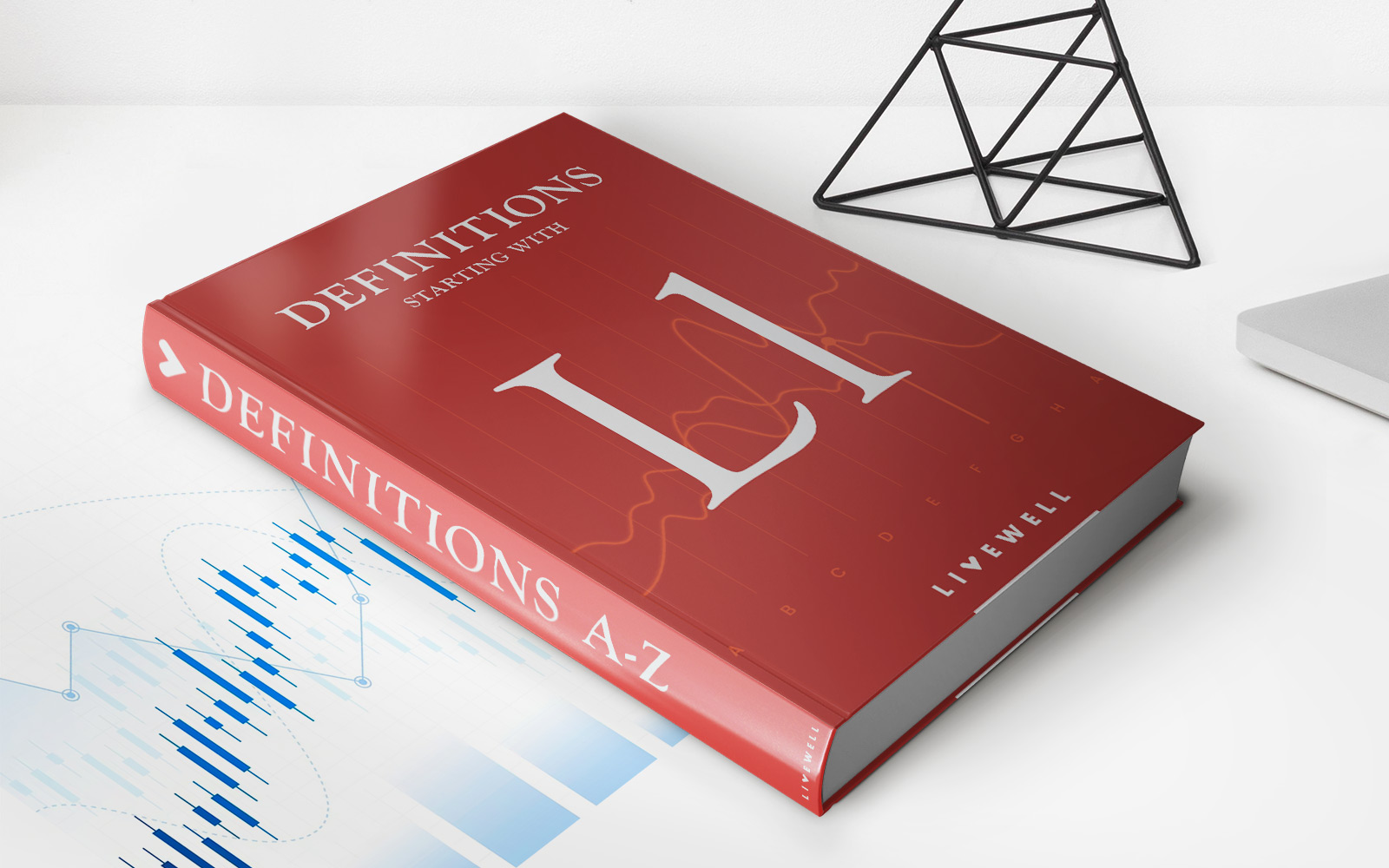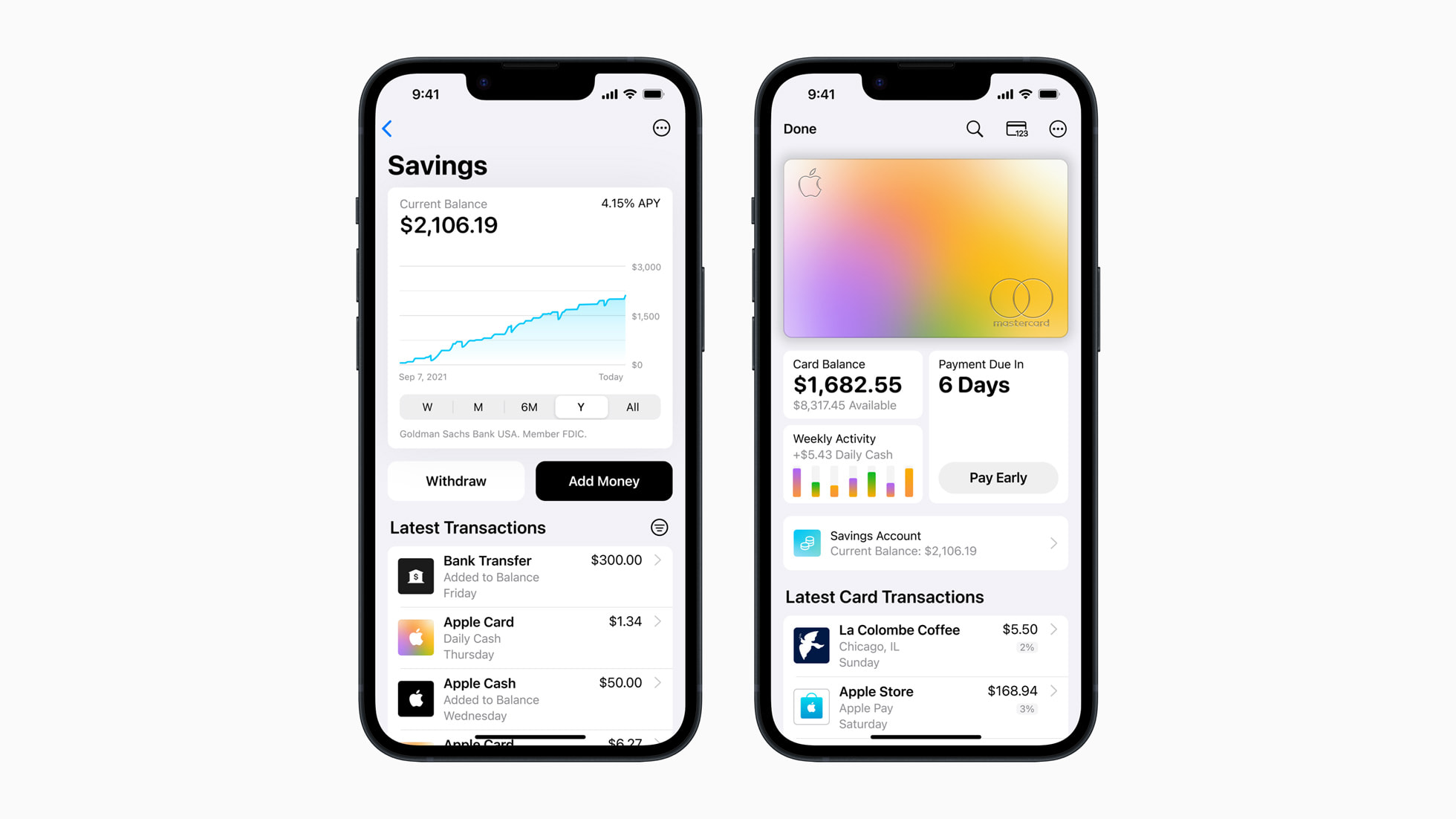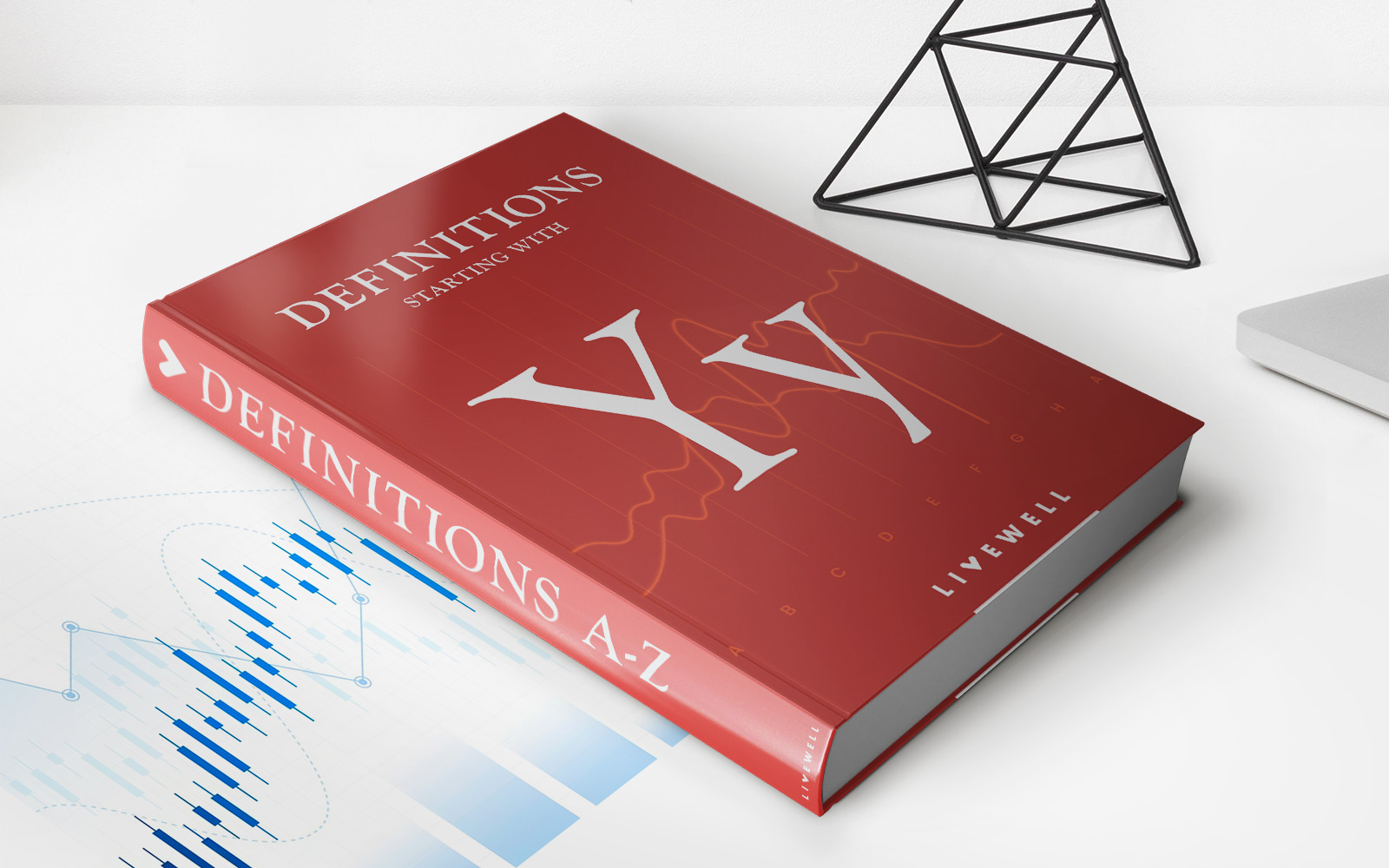Home>Finance>T+1 (T+2, T+3) Explained: Definitions And Settlement Example
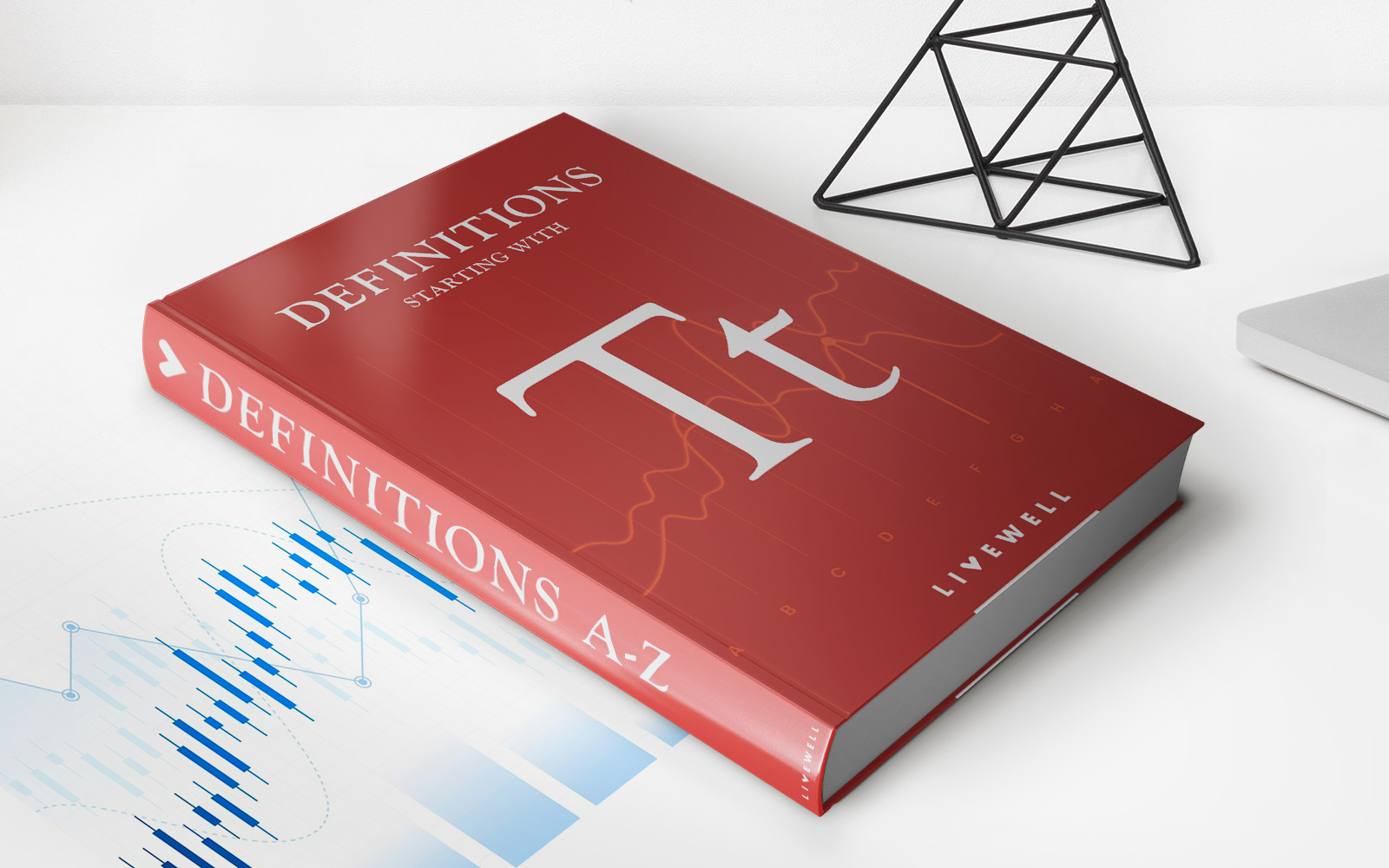

Finance
T+1 (T+2, T+3) Explained: Definitions And Settlement Example
Published: February 5, 2024
Learn about T+1 (T+2, T+3) in finance, including definitions and settlement examples, to understand the process and implications.
(Many of the links in this article redirect to a specific reviewed product. Your purchase of these products through affiliate links helps to generate commission for LiveWell, at no extra cost. Learn more)
Understanding T+1 (T+2, T+3) Settlement in Finance
Finance is a complex world, full of jargon and acronyms that can sometimes be confusing to navigate. One such term you may come across is T+1, T+2, or T+3 settlement. If you’re wondering what these terms mean and how they apply to finance, you’ve come to the right place. In this article, we’ll break down the definitions of T+1, T+2, and T+3 settlement and provide an example to help you better understand their significance.
Key Takeaways:
- T+1, T+2, and T+3 refer to the number of business days it takes to settle a transaction after the trade date (T).
- The “T” in T+1 represents the trade date, while the number after the “+” signifies the number of business days required for settlement.
What is T+1 (T+2, T+3) Settlement?
In finance, the term T+1, T+2, or T+3 settlement refers to the time it takes to settle a financial transaction after it has been executed. The “T” in T+1 represents the trade date, which is the day when the transaction is executed. The number after the “+” indicates the number of business days required for settlement.
Settlement is the process of transferring ownership of securities from the seller to the buyer and completing the financial obligations associated with the transaction. It involves the exchange of funds and the delivery of securities between the parties involved.
Example of T+1 Settlement
Let’s say you decide to buy 100 shares of a company’s stock on Monday. The trade date is Monday, represented as T. If the settlement period is T+1, it means the transaction will be settled one business day after the trade date, which in this case would be Tuesday.
On Tuesday, the ownership of the 100 shares of stock would be transferred to your brokerage account, and your account would be debited the corresponding amount. The seller would receive the payment for the shares they sold.
In T+2 settlement, the transaction would be settled two business days after the trade date. Using the same example, if the settlement period is T+2, the transaction would be settled by Wednesday.
Benefits of T+1 (T+2, T+3) Settlement
The T+1 (T+2, T+3) settlement period offers several benefits to the financial markets:
- Efficiency: Shorter settlement periods lead to quicker transactions and faster access to funds.
- Reduced Risk: With faster settlement, there is less time for unforeseen events or market fluctuations to impact the transaction.
- Increased Liquidity: Quicker settlement allows investors to reinvest their funds sooner, contributing to overall market liquidity.
- International Alignment: Many countries have adopted T+2 settlement as the standard, promoting global harmonization and reducing cross-border trading issues.
As the financial industry continues to evolve and embrace technological advancements, there is a growing trend towards shorter settlement periods, such as T+1 or even same-day settlement. These changes aim to improve efficiency, reduce risk, and enhance market liquidity.
Conclusion
T+1 (T+2, T+3) settlement is a fundamental concept in the finance industry that determines the timeframe for finalizing a transaction after the trade date. Understanding this settlement period is essential for investors and market participants alike.
By familiarizing yourself with T+1, T+2, and T+3 settlement, you can make informed decisions and navigate the financial markets with confidence. Remember, the shorter the settlement period, the quicker you gain access to your funds and the lower the risk involved in the transaction.
